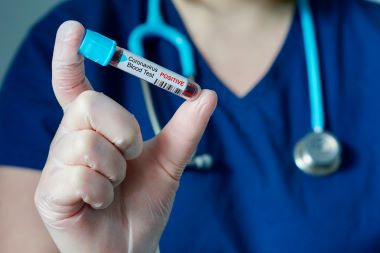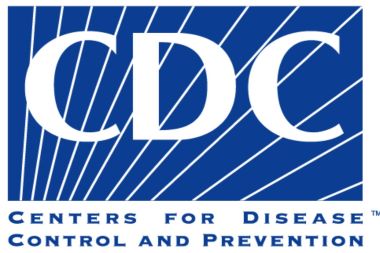Paradoxically, patients who may be at greatest risk for complications due to COVID-19 are opting out of the very care that could keep them from suffering with severe disease, according to research published by Patient Care Online. The concern is especially great among those with chronic conditions such as asthma and type 2 diabetes. The problem, simply, is that they’re scared; 40% said they’re “worried/very worried” about going to a medical facility, including the emergency …
Read More









